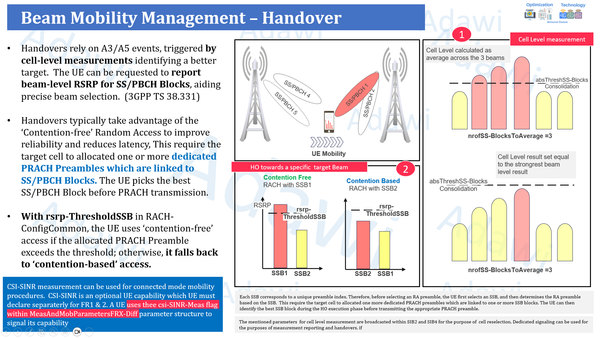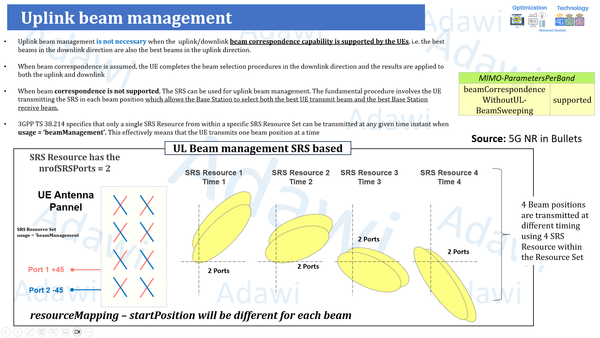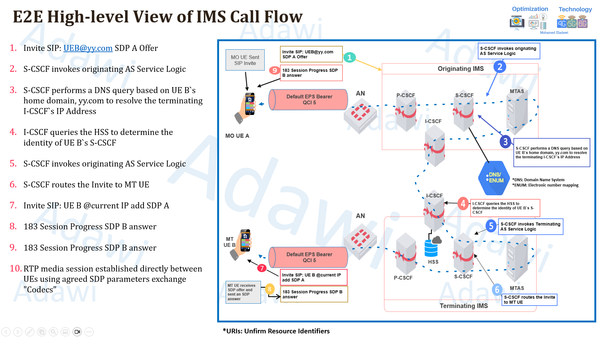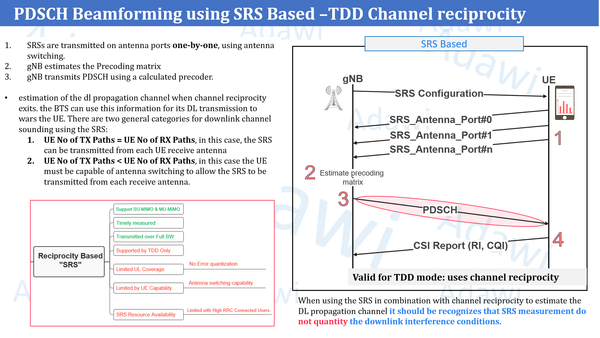Voice Services in 5G: A Comprehensive Overview
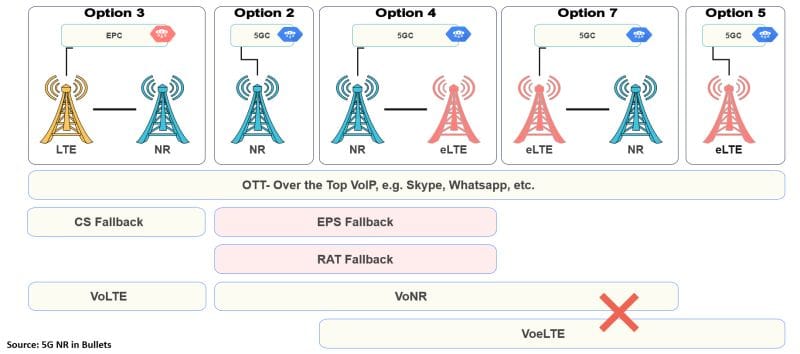
What are the available Voice Services in 5G ❓
📑 In essence, 5G Standalone (SA) supports EPS Fallback and VoNR, while 5G Non-Standalone (NSA) supports VoLTE and CSFB.
- In 5G, the availability of specific solutions for the voice service depends upon the Base Station architecture.
- The solutions associated with each architecture are summarized in the figure below.
- All architectures support OTT applications because these only require a data connection, which can be either an EPS Bearer towards the 4G core network or a PDU Session towards the 5G core network.
- For 3/3a/3x, it's 4G Master Node connected to 4G core for legacy voice. CS Fallback and VoLTE work, but CS Fallback may have slight delays due to extra signaling for 5G Secondary Node.
- For 2 and 4/4a, it's 5G Master Node connected to 5G core, requiring new 5G voice solutions like VoNR. No CS Fallback: alternatives are EPS Fallback (4G) and RAT Fallback (5G).
- EPS Fallback redirects UE to LTE Base Station on 4G core, while RAT Fallback redirects UE to 5G Base Station on 5G core.
📝 Notes:
- CS Fallback is not supported when using the 5G core network.
- The release 15 version of the 3GPP specifications does not support SRVCC for 5G. Speech service continuity at locations with noncontiguous 5G coverage relies upon Packet Switched inter-system handover towards 4G. SRVCC can then be completed from 4G if necessary.
- SRVCC from 5G to 3G (UTRAN) is planned for the release 16 version of the 3GPP specifications.
📚 Data Source:
5G NR in Bullets
#nr #5g #5gsa #3gpp

YouTube Video covers the same

